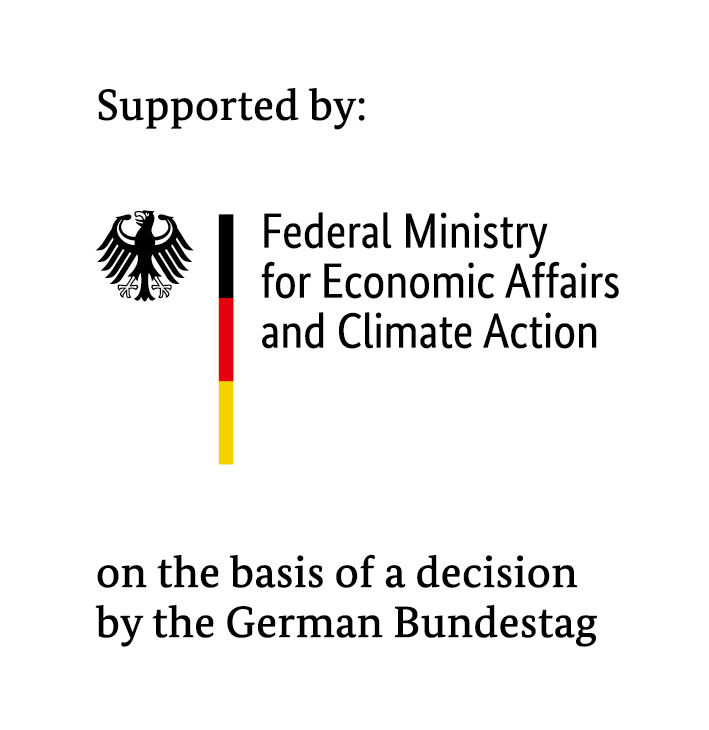MERLIN Support Office

At the ESA Living Planet Symposium 2025 (LPS 25), a new scientific poster was presented, highlighting recent developments of the French-German Methane Remote Sensing Lidar Mission (MERLIN), and can now be viewed online.
The contribution focuses on MERLIN’s unique ability to measure natural methane emissions under conditions and in regions where other satellite instruments face limitations — from the Arctic to the Tropics.
For background information on the partnership between CNES and DLR, see the DLR MERLIN mission page.
The poster, “Measuring Natural Methane Fluxes with the French-German Methane Remote Sensing LIdar Mission MERLIN”, explains how MERLIN helps to close gaps in global methane monitoring.
Unlike passive satellite sensors that rely on sunlight and clear skies, MERLIN’s active lidar system emits its own laser pulses and can therefore measure day and night and under less favourable atmospheric conditions.
More about the instrument concept and operation can be found on the Mission Overview page.
What makes MERLIN unique
Continuous measurements in the Arctic
MERLIN’s lidar works independently of sunlight, allowing observations during the polar night and throughout all seasons.
This provides consistent data on methane emissions from thawing permafrost and northern wetlands, which are crucial regions for climate feedbacks.
See also ESA’s overview of Arctic climate monitoring.
Coverage in the Tropics
In the tropical belt, frequent cloud cover often limits passive instruments.
MERLIN’s narrow laser beam can measure between clouds, improving methane coverage over tropical wetlands and rainforests — regions that are among the largest natural sources of methane.
More about tropical methane sources can be found at ESA Climate Office – Greenhouse Gases.
Observations over water bodies
Passive sensors struggle over oceans, lakes, and wetlands due to variable surface reflectance.
MERLIN’s lidar will enable methane retrievals above water in the future. This will improve knowledge of emissions from coastal zones, reservoirs, and inland waters.
Further information on this topic is available on the Science page and in DLR’s Earth Observation research.
Pseudo-profiles using cloud slicing
MERLIN will also be able to derive vertical information on methane concentrations by analysing signals reflected from cloud tops — known as cloud slicing.
These “pseudo-profiles” help distinguish between methane contributions from different atmospheric layers, improving understanding of transport and emission processes.
A brief explanation of cloud slicing techniques is available in ESA’s Atmospheric Missions overview.
MERLINs relevance for science
Methane is the second most important anthropogenic greenhouse gas after carbon dioxide, with a much higher short-term warming potential.
By combining its unique measurement capabilities with global coverage, MERLIN will close key gaps in methane observations, particularly in regions poorly observed by current missions.
This will support improved emission inventories, constrain methane budgets, and contribute to international climate frameworks such as the Paris Agreement.
Further details on MERLIN’s objectives and expected scientific outcomes can be found on the Science and Climate pages.
Access to the poster
The poster presented at ESA LPS 2025 can be accessed here:
Measuring Natural Methane Fluxes with the French-German Methane Remote Sensing LIdar Mission MERLIN (PDF)
For additional information on the mission, upcoming data releases, and scientific publications, please visit the MERLIN project website.






